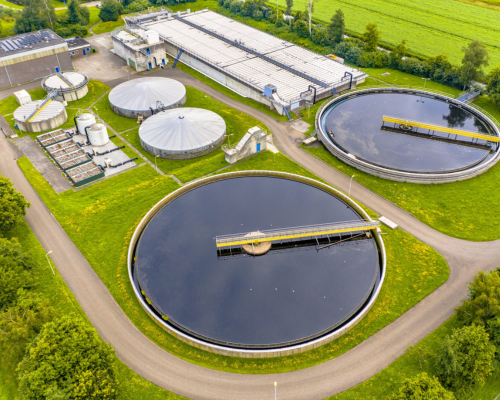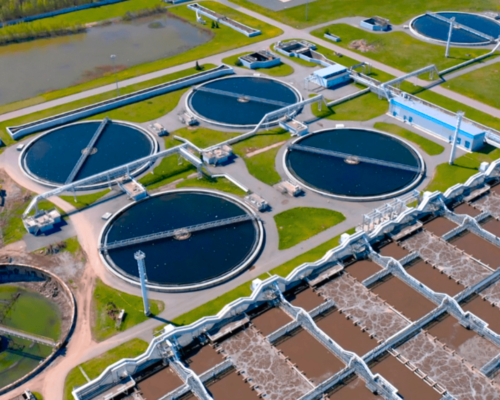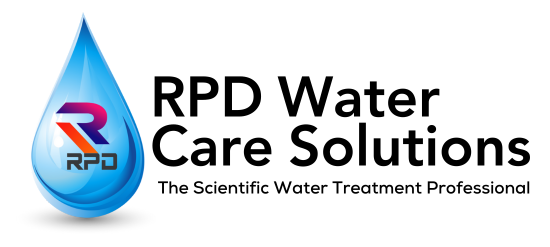Wastewater Recycling Plant: Reclaiming and Reusing Water Resources
1. Source of Wastewater: Wastewater for recycling can come from a variety of sources, including municipal wastewater treatment plants, industrial processes, commercial establishments, and even residential communities. This wastewater may contain contaminants, pollutants, and pathogens that need to be removed before it can be safely reused.
2. Preliminary Treatment: Upon arrival at the recycling plant, the wastewater undergoes preliminary treatment to remove large debris, grit, and other solid materials. This process prevents damage to downstream equipment and facilitates more efficient treatment processes.
3. Biological Treatment: Biological treatment processes are a cornerstone of wastewater recycling. Techniques such as activated sludge, trickling filters, and membrane bioreactors employ microorganisms to break down organic matter, nutrients, and pollutants in the water. This reduces the biological oxygen demand (BOD) and removes harmful pathogens.
4. Advanced Treatment: Advanced treatment technologies are crucial for achieving high-quality reclaimed water. Processes like membrane filtration (ultrafiltration and reverse osmosis) effectively remove suspended solids, dissolved contaminants, and pathogens, ensuring that the water meets stringent reuse standards.
5. Disinfection and UV Treatment: After advanced treatment, the water is disinfected to eliminate any remaining pathogens and microorganisms. Chlorination, ultraviolet (UV) irradiation, or other disinfection methods are employed to ensure that the reclaimed water is safe for its intended reuse.
6. Quality Monitoring: Continuous monitoring and testing of the reclaimed water’s quality are essential to ensure that it meets established reuse standards. Parameters such as turbidity, chemical composition, and microbiological content are regularly assessed to confirm the water’s suitability for reuse.
7. Types of Reuse: The reclaimed water can be used for a variety of non-potable purposes, depending on its quality and local regulations. Common applications include landscape irrigation, industrial processes, toilet flushing, cooling systems, and agricultural irrigation. Tailoring the quality of the reclaimed water to the specific needs of these applications is a crucial aspect of wastewater recycling.
8. Environmental Benefits: Wastewater recycling plants play a vital role in conserving freshwater resources, reducing the demand on traditional water sources, and alleviating the environmental impact of discharging untreated wastewater into natural ecosystems. By recycling and reusing water, these plants contribute to reducing water scarcity, promoting sustainable development, and preserving aquatic ecosystems.
9. Public Awareness and Acceptance: Successful implementation of wastewater recycling requires public awareness and acceptance. Communicating the benefits, safety measures, and positive impacts of reclaimed water use helps build trust and understanding among the community.
Conclusion: Wastewater recycling plants are essential components of sustainable water management strategies. By reclaiming, treating, and reusing wastewater for non-potable applications, these plants help alleviate water scarcity concerns, protect natural water sources, and promote responsible water use practices. Through advanced treatment technologies and stringent quality control measures, wastewater recycling plants provide a practical solution to the growing global demand for freshwater resources.
Quality Services
Stringent quality control measures at every step, ensuring only the best products and services are delivered to our clients.
Expertise
Highly skilled and knowledgeable team of professionals who use the latest technology and techniques for water treatment.
Support
Dedicated customer support team providing timely and efficient after-sales service, ensuring complete customer satisfaction.
Plant Process:-

1. Preliminary Treatment: The preliminary treatment stage involves the removal of large solids, debris, and grit from the industrial wastewater. Screening mechanisms, grit chambers, and other physical processes are used to separate these solid particles, preventing clogs in downstream equipment and facilitating smoother treatment processes.
2. Primary Treatment: During primary treatment, sedimentation and settling tanks are used to further remove suspended solids from the wastewater. This reduces the organic load and pollutants in the water. Primary treatment aims to separate settleable and floatable solids, producing sludge that will undergo further treatment.
3. Secondary Treatment: Secondary treatment involves biological processes that target dissolved and colloidal organic matter present in the wastewater. Common methods include activated sludge treatment, extended aeration, and sequencing batch reactors. Microorganisms break down organic pollutants, reducing the biochemical oxygen demand (BOD) and chemical oxygen demand (COD) of the water.
4. Tertiary Treatment: Tertiary treatment is employed to further polish the effluent before discharge or reuse. Advanced treatment methods such as filtration, chemical coagulation, adsorption, and advanced oxidation processes are used to remove remaining contaminants like nutrients (nitrogen and phosphorus), trace metals, and fine suspended solids.
5. Disinfection: After tertiary treatment, disinfection is performed to eliminate harmful pathogens and microorganisms from the treated water. Disinfection methods commonly used include chlorination, ultraviolet (UV) irradiation, and ozone treatment.
6. Sludge Management: Throughout the treatment process, sludge is generated as a byproduct. This sludge contains residual organic matter and contaminants. Sludge management involves processes like thickening, dewatering, and stabilization to reduce its volume and make it more suitable for disposal or beneficial use.
7. Monitoring and Compliance: Continuous monitoring of the treated water quality is essential to ensure compliance with local and national regulatory standards. Regular testing and analysis of various parameters, such as pH, turbidity, and pollutant concentrations, help confirm that the treated water meets required standards.
8. Reuse and Resource Recovery: In some cases, treated wastewater can be reused for non-potable purposes like irrigation, cooling, or industrial processes. Additionally, there’s growing interest in resource recovery from wastewater, such as extracting energy (biogas) from sludge and recovering valuable nutrients like phosphorus.
Conclusion: An industrial sewage water treatment plant plays a vital role in managing and treating wastewater generated by industrial processes. By implementing a comprehensive treatment process that includes preliminary, primary, secondary, and tertiary treatment stages, along with disinfection and sludge management, industries can significantly reduce their environmental impact and contribute to sustainable water management practices while adhering to regulatory standards.


